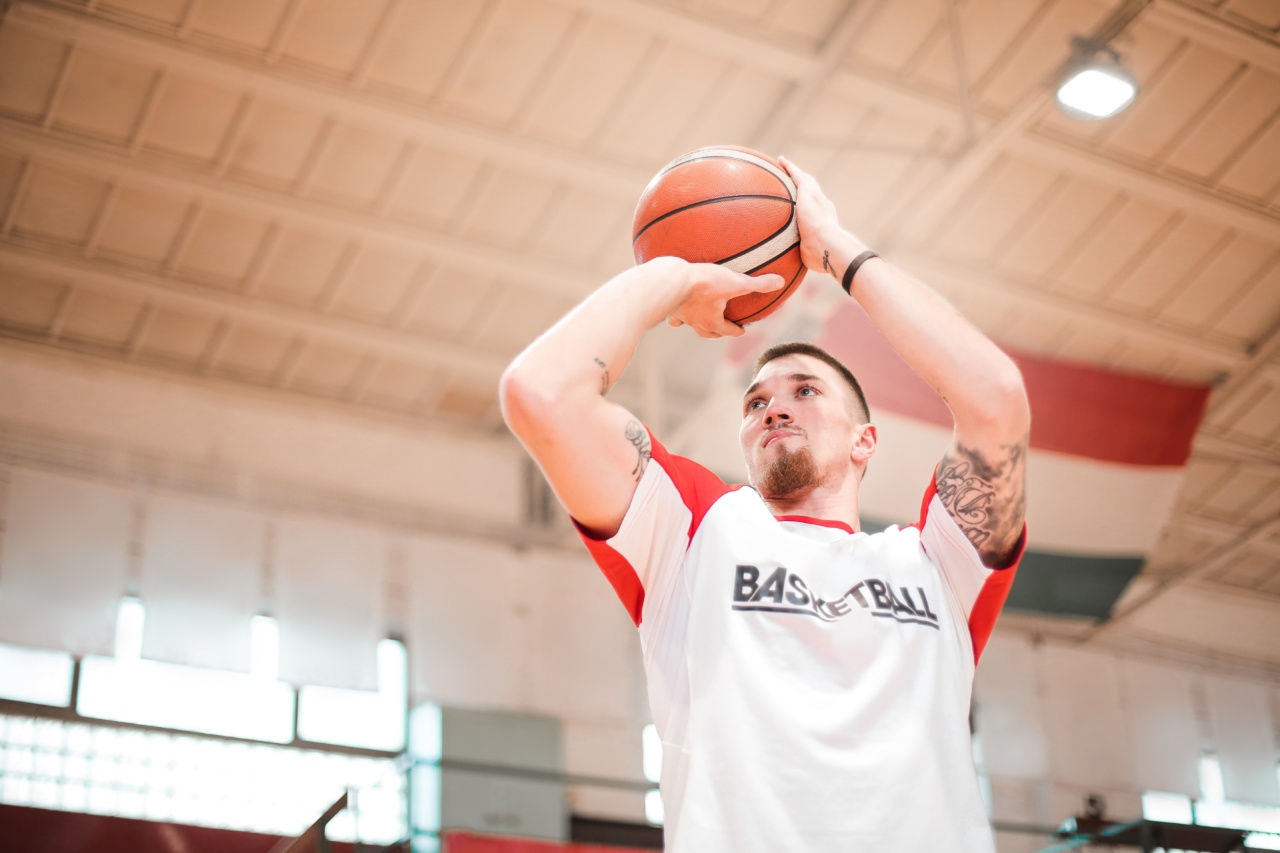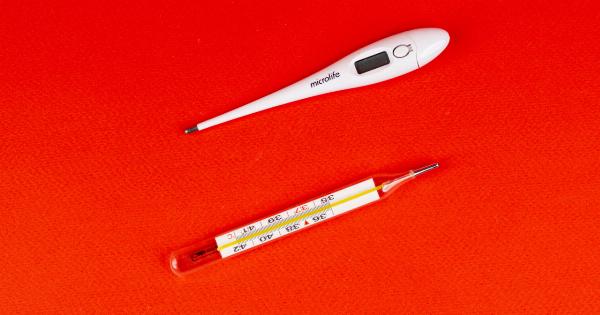High intensity training (HIT) has gained popularity in recent years as a quick and effective way to improve fitness levels and achieve desired results.
With its focus on short, intense bursts of exercise, HIT promises to deliver maximum benefits in minimal time. While there are certainly advantages to this style of training, it is important to be aware of the potential health hazards and risks involved.
In this article, we will explore some of the dangers associated with high intensity training and discuss precautions that can be taken to mitigate the risks.
1. Increased Risk of Injury
One of the most significant health hazards of high intensity training is the increased risk of injury. The high intensity nature of the exercises, often involving heavy weights or rapid movement, puts a lot of strain on the body.
This can lead to overexertion, sprains, strains, or even more severe injuries such as torn ligaments or fractures. It is crucial to ensure proper form and technique while performing these exercises, and to gradually increase intensity over time to allow the body to adapt.
2. Extreme Fatigue and Overtraining
High intensity training sessions can leave participants feeling exhausted and drained. Pushing the body to its limits without adequate rest and recovery can lead to overtraining syndrome.
Overtraining not only affects physical performance but can also negatively impact mental health, causing irritability, mood swings, and difficulty sleeping. To avoid overtraining, it is essential to incorporate rest days into your training schedule and listen to your body’s signals.
3. Cardiovascular Stress
HIT often involves performing exercises at a very high intensity, which can put significant stress on the cardiovascular system.
The rapid increase in heart rate and blood pressure during intense workouts can be dangerous for individuals with certain pre-existing conditions, such as hypertension or heart disease. It is crucial to consult with a healthcare professional before starting high intensity training, particularly if you have any underlying cardiovascular issues.
4. Muscle Imbalances
High intensity training often focuses on specific muscle groups or movements, which can lead to muscle imbalances.
Overemphasis on certain muscles while neglecting others can create strength imbalances that can impact overall posture and increase the risk of injury. It is essential to incorporate a well-rounded training program that targets all major muscle groups to maintain balance and reduce the likelihood of imbalances.
5. Impact on Joint Health
The high impact nature of some HIT exercises can place significant stress on the joints, particularly knees and hips.
Activities such as plyometric jumps or heavy lifting can increase the risk of joint injuries or exacerbate existing joint conditions such as osteoarthritis. It is crucial to use proper biomechanics, appropriate footwear, and suitable training surfaces to minimize the impact on joints and prevent long-term damage.
6. Psychological Stress
While high intensity training can offer numerous physical benefits, it can also lead to psychological stress. The pressure to constantly push harder and achieve better results can create anxiety and negatively impact mental well-being.
It is essential to maintain a balanced approach to training and listen to your body’s needs to avoid excessive psychological stress.
7. Loss of Motivation and Burnout
Engaging in high intensity training consistently can be mentally and physically demanding. Experiencing burnout or losing motivation is not uncommon, especially if the training becomes too monotonous or the results do not meet expectations.
It is crucial to add variety to your training routine, set realistic goals, and celebrate small victories to stay motivated and avoid burnout.
8. Lack of Personalization
High intensity training often provides a one-size-fits-all approach, which may not work equally well for everyone. Each individual is unique, with different fitness levels, physical limitations, and goals.
Following a generic high intensity training program without considering personal factors can increase the risk of injury and hinder progress. Working with a qualified trainer or fitness professional to create a personalized plan can help ensure that the training is both safe and effective.
9. Nutritional Considerations
Engaging in high intensity training places high demands on the body and increases the need for proper nutrition.
Failing to adequately fuel the body with the right nutrients can result in nutrient deficiencies, impaired recovery, and decreased performance. It is essential to pay attention to proper nutrition, including consuming adequate calories, macronutrients, and micronutrients, to support the body’s needs during high intensity training.
10. Long-Term Sustainability
High intensity training can deliver quick results, but its sustainability over the long term may be questionable.
The intense nature of the workouts, coupled with the associated health hazards and risks, may not be suitable or enjoyable for everyone in the long run. It is important to find a training style that aligns with your lifestyle, preferences, and long-term goals to ensure consistency and enjoyment.































